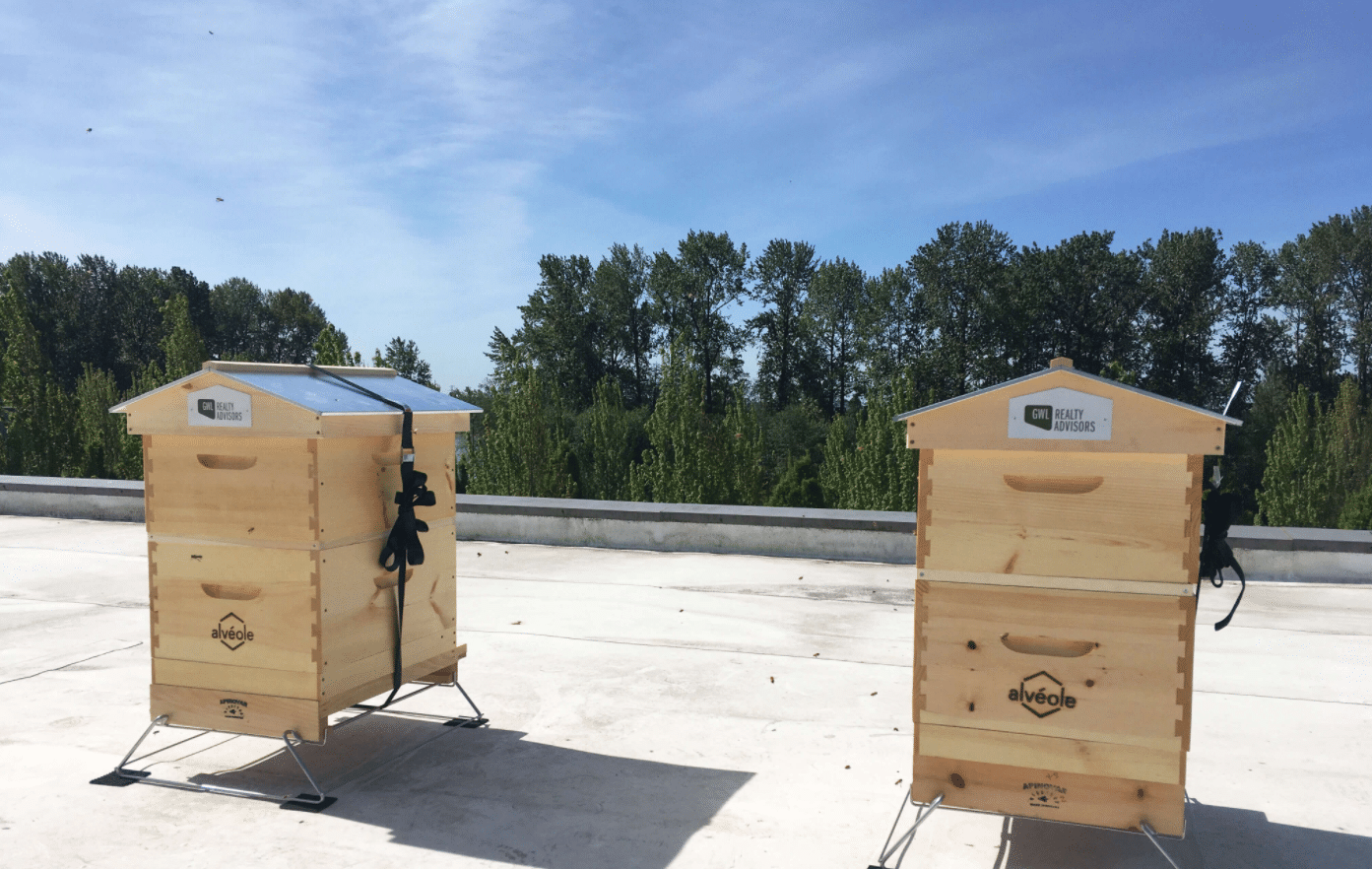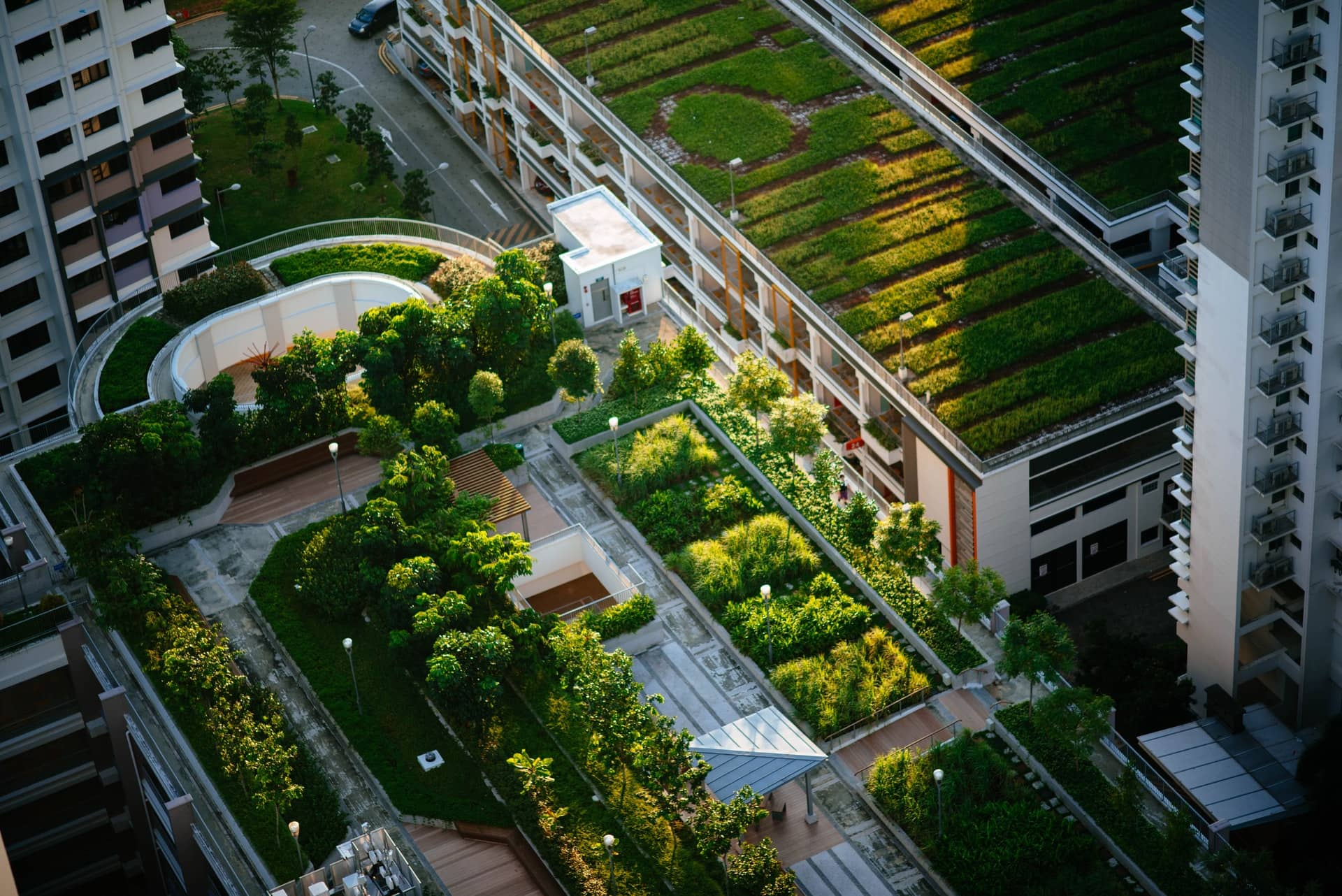“Net zero” in commercial real estate refers to the idea that buildings of every size balance out the energy and emissions they consume with the energy and emissions they create.
A dawning reality drives the new approach to net zero, the expected growth of vast metro centers during the next few decades and the potential environmental impact of such development represents.
This new approach to conservation does not mean every commercial property will generate all the energy it uses. As the World Green Building Council explains, in most cases net zero buildings that produce 100% of their energy requirements on-site are currently not feasible. The result is that net zero projects will typically combine commercial property with the wider needs of a local community, something which in itself is a plus.
The net zero concept is the natural outgrowth of two environmental programs that have been long supported by the commercial real estate community.
- The Environmental Protection Agency (EPA) and Department of Energy (DOE) established the Energy Star program in 1992. Under the plan, qualified buildings can get a tax deduction equal to as much as $1.80 per square foot for buildings and systems that reduce heating and cooling energy usage by at least 50%.
- The LEED program — Leadership in Energy and Environmental Design — was established in 1993 to promote green energy standards and today includes more than 95,000 projects worldwide.
These programs are not the only reasons for continued green development. Programs like these have previously set the Green Standard in commercial real estate, but environmental concerns also have widespread public support, a factor that will drive development toward net zero.
Why the public prefers net zero buildings
According to the Pew Research Center, “nearly two-thirds of U.S. adults (64%) say protecting the environment should be a top priority for the president and Congress.”
With so much public support for environmental protection, it follows that such backing will show up in many situations involving commercial property. And, actually, that’s the case.
- Buildings with better environmental standards attract employees that businesses want to hire and retain. A recent survey, according to FastCompany, found that ”more than 70% said that they were more likely to choose to work at a company with a strong environmental agenda. Millennials — who will make up three-quarters of the workforce in six years — are most likely to have done this; nearly 40% said that they’ve chosen a job in the past because the company performed better on sustainability than the alternative.”
- The public widely accepts the trade of higher costs for a cleaner environment. The Pew study showed that “a 63% majority of Americans say stricter environmental regulations are worth the cost.”
- Investors and shareholders reflect widespread environmental support. As MarketWatch explains, since 2004 “shareholders have voted on over 400 resolutions asking companies to report on the business risks of climate change and to disclose strategies for addressing these risks.”
The Tesla Gigafactory
The net zero building is not just theory. You can see it today. For instance, Tesla has constructed its first Gigafactory just outside Sparks, Nevada, a building designed to provide batteries for some 500,000 electric vehicles per year. About 30% complete, the first phase of the giant building has 5.3 million square feet of operational space, according to the company.
Tesla says it “expects the Gigafactory to be the biggest building in the world — and entirely powered by renewable energy sources. Designed to be a net zero energy factory upon completion, the facility will be primarily powered by solar, and installation is already underway.”
The Tesla facility is more than a big building. It’s also a test track showing that net zero development is entirely plausible. This is important because the technologies developed by Tesla are likely to find use worldwide. The reason? In 2014, company founder Elon Musk announced that “Tesla will not initiate patent lawsuits against anyone who, in good faith, wants to use our technology.”
The Breakthrough Energy Coalition
As large and advanced as the Gigafactory might be, it’s not the only example of big-time net zero support. The Breakthrough Energy Coalition, a group started in 2015 by Bill Gates and other private investors, says its mission is to “lead the world to net-zero” by supporting research, investing in companies, and being a policy advocate.
What makes Breakthrough Energy important are the people behind it. Besides Gates, there are also such business notables as Jeff Bezos, Marc Benioff (Salesforce.com), Michael Bloomberg, Richard Branson, John Doerr (Kleiner Perkins Caufield & Byers), Jack Ma (Alibaba Group), David Rubenstein (The Carlyle Group), Tom Steyer (NextGen Climate), Meg Whitman, Mark Zuckerberg, and others.
These are folks who have the experience, and cash, to make net-zero happen. As an example, Breakthrough Energy Ventures (BEV) has provided financial support for Boston Metal, a company that’s trying to create more efficient ways to produce metals. This may seem like a small and distant issue, but Boston Metal reports that 7% of all greenhouse gasses come from steel production.
Glass is another everyday product ripe for innovation.
“I’m intrigued,” says Gates, “by windows that use so-called smart glass, which automatically turns darker when the room needs to be cooler, and lighter when it needs to be warmer. And BEV has invested in a company called 75F, which uses wireless sensors to measure temperature, humidity, darkness, and other factors and then uses the information to adjust heating, cooling, and lights. They’ve found that this system can cut a building’s energy use by 50 percent.”
Green comes in many shades
Net zero is here and with it opportunities for new savings, income, and public support. However, the goal is not to have a single solution for all situations. Instead, the “best” approach will vary according to local needs and resources, not only at the state and county level, but among countries worldwide.
For instance, Microsoft predicts it will be carbon negative by 2030, while Amazon says it will power all of its operations with 100% renewable energy by 2025. Amazon expects to purchase 100,000 electric delivery vehicles to hit its goals while Microsoft has committed to investing in carbon reducing technology and resources to hit its goals. Is one approach better than the other? Not at all. There are many paths to net zero.
No doubt the list of net zero projects will continue to grow as the concept increasingly gains acceptance, a win-win for both the environment and commercial real estate.
To learn about other sustainable efforts and stay up to date on the latest CRE trends and insights, visit KBS.com/news.
The installation of an urban beehive is quite simple. Companies like Alveole repurpose unused outdoor office building space such as on a rooftop, balcony, or courtyard to set up the hives where up to 50,000 bees can live. Since its inception in 2013, Alveole has engaged more than 50,000 people with bees and reports an annual client renewal rate of more than 90%. It is active in 14 major U.S. cities. At the beginning of the season, honeybees are brought to the site and Alveole visits the hives regularly for maintenance and to host unique, interactive workshops with tenants. At the end of the season, the honey is harvested and either shared with the building and its tenants or can be donated.

alveole.buzz/en/
Alveole is currently contracted at three KBS properties, including 1000 Continental in King of Prussia, PA; CrossPoint in the Wayne suburb of Philadelphia; and 3001/3003 Washington Boulevard in northern Virginia. Since partnering with Alveole, KBS has been able to offer unique programs to tenants surrounding the beehives. Tenant employees are able to join educational workshops that include:
- Learning About Bees – an introduction to honey bees and their role in the world.
- Meet Your Bees – working with a beekeeper where participants are able to safely walk-through a beehive inspection and see their bees in action.
- Honey Extraction – participants are able to work with their beekeeper to extract honey from their office-hive and take home a fresh jar of honey.
- The Wonders of Beeswax – participants work with their beekeeper to learn about beeswax in an interactive workshop by making candles from their hive’s beeswax while learning about centuries-old history of beeswax.
While COVID-19 has restricted in-person workshops, employees and their families have been able to watch live-footage of their beehives and still watch the monthly beekeeper maintenance.
In addition to exciting, interactive programs for tenants, each hive becomes specific to the community where it lives. For example, at 1000 Continental, the honeybee hive is located directly next to the Community Garden. This unique Community Garden does more than offer tenants a chance to grow and care for seasonal vegetables and plants, but year-round plants like lavender allow the bees to regularly feed and yield a flavorful lavender honey in the upcoming harvest. This double showcasing of living flora and fauna serves an aesthetic, as well as an educational component to the grounds that would otherwise be overlooked and underutilized. This differs from KBS’ CrossPoint property, where the hive is under pine trees in a bucolic glade— bringing both a different type of honey unique to surrounding landscape and a calm retreat for building tenants. Each beehive creates a unique-tasting honey depending on the surrounding flora and fauna.
With the hives offering a home to so many bees and being in fairly accessible areas, many worry about the possibility of bee stings – but there’s no need to fear honey bees. Unless threatened or provoked, most bees are docile and are generally uninterested in humans. Honeybees actually die after losing their stinger, so it’s not in their best interest to sting people or other animals. In fact, most tenants do not report noticing an increase in bees around the property as the hardworking bees are busy pollinating and taking care of their hive.
From KBS’ experience, tenants both in-person and via online correspondences, have been very positive and receptive toward their urban hives. Tenants have reported increased employee engagement and satisfaction, and appreciation for KBS’ commitment to both nature and local sustainability. To help keep the momentum going, KBS recently held a “Name the Queen” contest for building employees at each site that generated a lot of participation. The queen bees are now aptly named Queen Petunia at CrossPoint and Queen Beatrice at 1000 Continental. Future plans include online beekeeping workshops that can be accessed by all tenants.
Bees are critical to our livelihood and are responsible for pollinating more than a quarter of our food source. However, the recent rapid decline in the bee population has raised concern for these pollinators. Urban beehives represent a passionate effort to protect bees and the ecosystem, while also having a surprising impact on tenants who utilize this amenity to create a stronger corporate culture with lasting results.
To learn more about the latest industry trends and information, visit KBS Insights.




